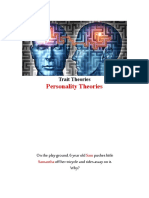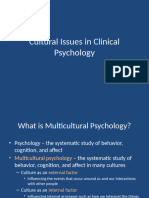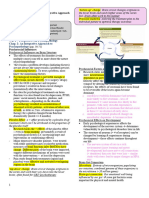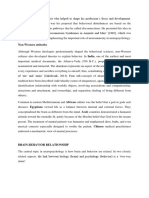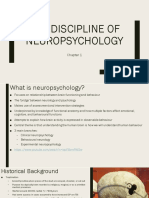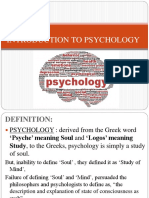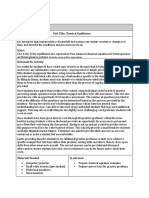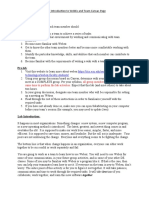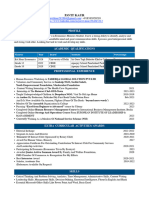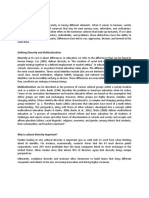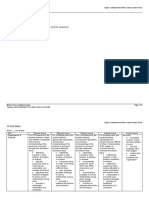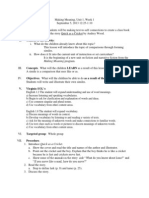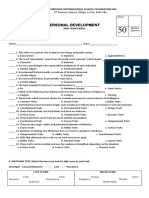0% found this document useful (0 votes)
197 views26 pagesLecture 1
Personality refers to enduring characteristics and behaviors that comprise a person's unique adjustment to life. These include traits, interests, values, self-concept, abilities, and emotional patterns. Personality is organized and relatively enduring, influencing interactions and adaptations.
Personality can be analyzed at three levels: human nature shared by all, individual/group differences, and unique individual qualities. Theories are evaluated based on comprehensiveness, heuristic value, testability, parsimony, and compatibility across domains/levels of analysis.
Uploaded by
Faisal AlCopyright
© © All Rights Reserved
We take content rights seriously. If you suspect this is your content, claim it here.
Available Formats
Download as PDF, TXT or read online on Scribd
0% found this document useful (0 votes)
197 views26 pagesLecture 1
Personality refers to enduring characteristics and behaviors that comprise a person's unique adjustment to life. These include traits, interests, values, self-concept, abilities, and emotional patterns. Personality is organized and relatively enduring, influencing interactions and adaptations.
Personality can be analyzed at three levels: human nature shared by all, individual/group differences, and unique individual qualities. Theories are evaluated based on comprehensiveness, heuristic value, testability, parsimony, and compatibility across domains/levels of analysis.
Uploaded by
Faisal AlCopyright
© © All Rights Reserved
We take content rights seriously. If you suspect this is your content, claim it here.
Available Formats
Download as PDF, TXT or read online on Scribd
/ 26
